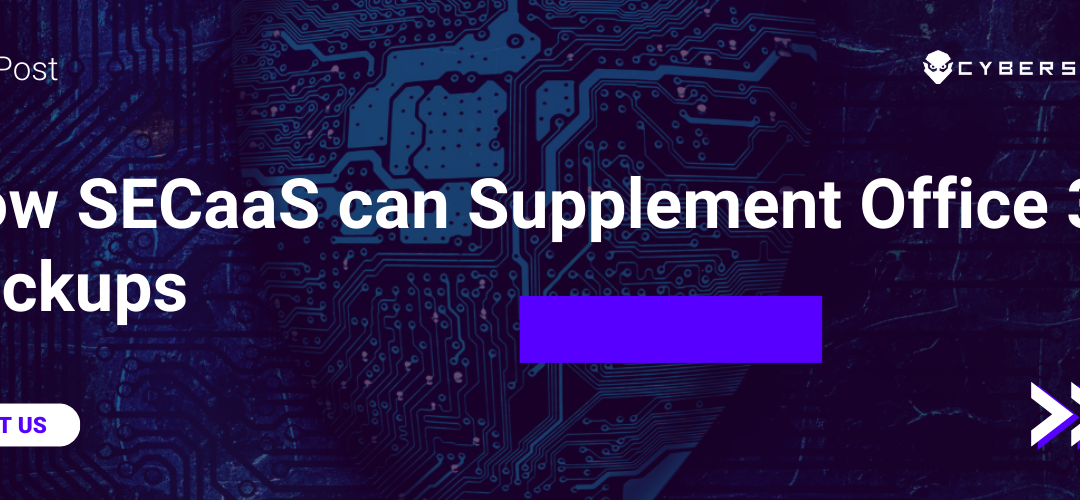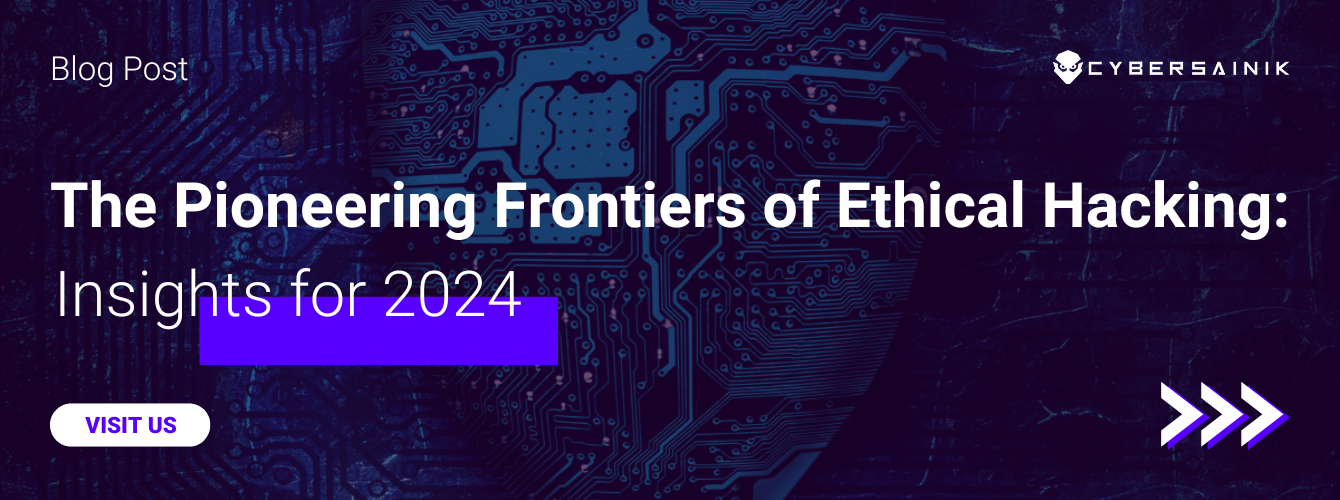Let’s start with Office 365 Backup and Recovery. Most organizations don’t realize that O365 data from Excel, Word, PowerPoint, Outlook and more need to be backed up to the Cloud. From Microsoft Exchange to SharePoint and OneDrive, these files aren’t automatically backed up by Microsoft. Though they are applications accessed via the Cloud, once deleted or lost these files are gone forever unless they had previously been backed up.
One of the most important pieces of O365 backup is Outlook, Microsoft’s mail client. Backing up email is required by many organizations that set email retention policies, like 30 days, 60 days, or more. For some companies, under law, email must be retained in anticipation of lawsuits or other legal matters.
Say your organization has an email or document retention policy of 30 days. If your business is backing up this data and storing it for 30 days, what happens when your business is hit by a ransomware attack, for example? If that attack occurred within the 30 days of your backup, your business can navigate that attack with ease and move operations onto file backups previous to the occurrence of the ransomware. But here’s the catch: what if the ransomware was deployed more than 30 days ago but hasn’t surfaced and become noticeable until now? Hackers are intelligent people and are realizing that most companies have some sort of a file retention policy. With that in mind, they purposefully structure the cyber-attack to surface after 30 days. If the ransomware was deployed more than 30 days prior, it could render backups ineffective because they too would be infected with the ransomware or another virus. This is where SECaaS and intrusion detection can be a saving grace.
Intrusion Detection
An intrusion detection system (IDS) monitors network traffic for suspicious activity. It can alert you when suspicious activity occurs. A fine-tuned IDS can differentiate from normal traffic and malicious activity on the network. Intrusion detection is a 24/7/365 service that can help your business identify potentially harmful activity in O365, on your network, and on endpoints like phones, computers, etc. With intrusion detection, cyber-attacks can be identified at the time of the attack, ensuring that corrupted data and email are not being backed up to the cloud.
Email security on top
In addition to backups and IDS, many organizations choose to implement an email security filter that flags certain emails that appear to be malicious or are not part of a verified list. This can help employees exercise more caution when opening and clicking on emails. With email being a popular way to deploy malware and ransomware, email security filters can help remove part of the human error associated with email-based attacks.
The Bottom Line
Intrusion detection systems can help ensure that O365 backups are free of malicious activity and viruses by addressing the activity from the very beginning. Get IDS protection with Cyber Sainik where we have a Security Operations Center that can monitor your network 24/7/365. Contact us to learn more.




